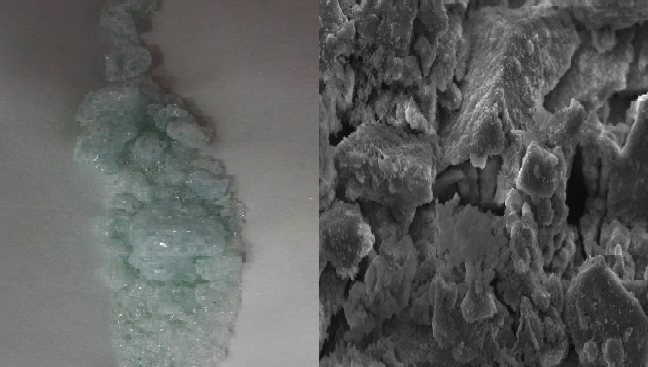A QUICK LOOK AT BIOACTIVE GLASSES

Bioactive glasses are fabricated by sol-gel method or melt-derived method which can be effectively used in bone tissue engineering as a scaffold material thanks to their biocompatibility, biodegradability and bioactivity. An attractive feature of bioactive glass is that it can easily bond to bone tissue in either bulk or particular form via formation of hydroxyapatite (HA) on the surface layer (because of silica (SiO2) formation interface) without any inflammatory effects. Additionally, bioactive glasses support enzyme activity and vascularization. When they dissolve, the elements regulate gene expression that controls osteogenesis and growth factors. These materials gain more biofunctional properties thanks to the features of some trace elements such as silver “Ag” (antibacterial), copper “Cu” and strontium “Sr” (osteogenesis).
–
REFERENCE: A. C. Özarslan, and S. Yücel, “Fabrication and characterization of strontium incorporated 3-D bioactive glass scaffolds for bone tissue from biosilica”, Material Science and Engineering C, 68, 350-357, 2016.



